
Car Builder's Thunder Ranch RSK replica
Story and Photos by Jim Youngs
Not every entrance to a party can be a glamorous one. Some turn out to be downright embarrassing, which was the case with my Porsche RSK replica.
Right after I rolled into a car show with the paint still drying on my newly completed project, I had to rush over to the local supermarket for a big load of kitty litter.
“How many cats do you have?” asked the cashier as she scanned the 10-pound container on the conveyor belt. “None,” I responded, “I’m more of a dog person.” She then got a brief education on using kitty litter as an excellent oil absorber — a teachable moment for sure.
The occasion for this exchange was prompted by a planned coming-out party for my newly completed Thunder Ranch 718 RSK Spyder, a magazine project car that could best be described as “years in the making.” Its debut was to be the 2012 Association of Handcrafted Automobiles Fun Under the Sun show at the Wally Parks NHRA Motorsports Museum in Pomona, California. I had just picked up the tiny terror the day before at Thunder Ranch’s headquarters in El Cajon, California, where it was driven into my box trailer and strapped down for the ride to Pomona, then onward to its home in Colorado.
With my wife’s help, I rolled the beast out of the trailer the following morning to position it in its spot inside the Thunder Ranch display area at the show. I started the engine to move the car a few feet to where it would spend the day in the sun. As it motored into place, someone standing beside the RSK pointed out that there was an oil waterfall coming out from under the car.
I shut it down immediately, totally embarrassed, and headed for the supermarket for some kitty litter to mitigate the slick river flowing across the parking lot. As I spread the grainy stuff under and around the edges of the car, I quipped that I was aiming for some sort of beach scene for my display. Or at the very least, something similar to the display of a Bonneville streamliner inside the NHRA Museum with salt similarly spread. Apparently the oil slick didn’t hamper the car’s award chances, as it scored the Best Porsche trophy in the show.
After getting the car back to the shop, it didn’t take much investigation to determine the oil leak came from a faulty oil cooler.
We originally announced that we were going to build an RSK back in the December ’03 issue of Kit Car Builder, where we covered Thunder Ranch’s RSK prototype. Due to numerous delays, we didn’t take delivery of
our project car until January 2005, and the first build story didn’t appear until October 2005. The car was then the subject of nine build stories from 2005 to 2010, but rather than recap its construction here, we’ll just hit the highlights of the finished car.
Our Spyder initially arrived as a complete body assembly with the doors and lids hung. The body was bonded to Thunder Ranch’s modified Beck 550 Spyder tubular chassis, which makes use of Volkswagen mechanicals. As such, it had a new adjustable twin-torsion beam from a Volkswagen Beetle welded in place and ready for the front suspension components. The rear is set up for a VW Type 1 transaxle that had to be modified for midengine operation. Other parts included with our package were an acrylic windscreen and headlight covers, modified rear swing arms, sandrail shifter mechanism, reproduction Porsche gauges, custom wiring harness, taillights, headlights and miscellaneous items.
The rest of the necessary components were either begged for, borrowed, purchased or stolen from JPS Motorsports’ salvaged VW parts bin. We also bought from a variety of VW parts houses in person, or through the internet and catalogs. Thankfully the VW aftermarket is rather robust, and you can buy virtually any component you need brand new.
In terms of powering the little beast, we sort of lucked our way into a modified VW Type 1 that was just too good to pass up. It was one of those “guy needed money” scenarios you hear about, but never seem to find. We ended up scoring a completely rebuilt 2,110 cc engine sporting a Garrett draw-through turbocharger and single 40 mm DCOE side-draft Weber carburetor. All that for about the price of a turbo kit alone!
The engine was configured for a rear-engine setup (as in a Speedster replica), but the more we studied it, it appeared fairly simple to reconfigure the intake and exhaust plumbing for a midengine application. Well, the simplicity we envisioned turned out to be quite a bit of work. As we tore it down for a routine inspection, we found that the engine builder was quite sloppy. He had overlooked a couple of critical items that probably would have led to failure on the first crank of the starter.
In addition to the reconfigured header system for the midengine configuration, the little mill also got a new oil pump, huge oil sump, stronger lifters, racing rods and several other beefed-up internal components for forced induction. We also opted for an MSD 6AL multispark ignition with an MSD billet distributor and a 911 fan shroud.
One of the easiest things we did was approach Rancho Performance to handle the transaxle modifications. Because the RSK calls for a Type 1 transaxle flipped around for a midengine application, the ring and pinion gears need to be flipped to operate properly. Rancho Performance techs have been doing these modifications forever and could likely do them both blindfolded, we’d assume.
Besides flipping the gears, the company also beefed up the internals to accommodate the increased output of the turbocharged VW. Rancho assembled one of its Pro Street transaxles featuring a Super Diff, aluminum side cover, hardened keys and welded 3-4 hubs for added strength. The gear ratio was also changed to a brisk 3.88:1, a nice compromise between low-end grunt and highway operation for the four-speed.
For the most part, we used stock VW components on the front and rear suspensions, except that we opted for front disc brakes for added stopping power. The discs weren’t much of a problem, as Karmann Ghias were outfitted with them in that era and it’s a common swap these days on Beetles. Of course, we had to complicate things even further by specifying a set of polished Porsche 911 Fuchs wheels that have a different bolt pattern than stock VW. The 5 x 130 mm bolt pattern of 911 wheels complicated explanations with mail-order folks, but that too is a common VW swap. With discs and drums drilled for those wheels, about the only modification we had to make was milling the snout of the rear drums 0.550 inch to fit on the short-spline axles.
At some point in the project, after a bit of soul-searching and reality checks on my part, Thunder Ranch honcho Tom McBurnie offered to pick up the RSK on his way through Colorado and return it to his shop where his team could properly finish the project for me. Part of that relinquishment additionally included a very slick, custom paint job done by the maestro himself.
In addition, the Thunder Ranch crew handled the installation of a new fuel pump, raised the front and rear suspension, repositioned the brake master cylinder reservoir, reworked the steering linkages and made some bizarre exhaust pipe bends from the turbo to the huge exhaust tip. Then it was up to me to install some seat belts, trace that oil leak and find the proper carburetor jets for operating at elevation.
The finished cockpit is purposeful and spartan with just three VDO reproduction Porsche instruments to keep track of things. Adding in a bit of nostalgia is a FLAT4 banjo steering wheel and a pair of Thunder Ranch Spyder bucket seats that we mounted on adjustable brackets. Square-weave carpet finishes off the interior trim.
In a tribute to the car’s history as a race car, you can see brake lines, throttle cable and such running from the front to the engine compartment, though it’s doubtful any of the 33 originals had floor coverings. For shifting duties, we used a cable system from Brandwood Cars. Its appearance fits the competition style, with little attempt to make it look pretty.
Typical of magazine project cars, the 718 RSK bristled with components that are above and beyond standard spec. We quickly fixed the oil issue after the car’s troubled first outing so we could finally experience how this little car performed. Honestly, we quickly learned that a turbocharged 300 hp car weighing less than 1,500 pounds is quite the handful. You might say that the fear factor spools up about as quickly as the turbo. In fact, when the beast was sold a few years ago to Beverly Hills Motorcars and then later transferred to one of its customers, the new owner removed the turbo in favor of naturally aspirated thrills.
Even though Thunder Ranch is no longer in business, the tooling for the RSK has changed hands a couple times. As of this writing, a sale is in the works with a buyer from Down Under, so if you’re in the region, you’ll soon be able to get behind the wheel of an RSK of your own. Just be sure to check your lubrication system twice before that first outing.

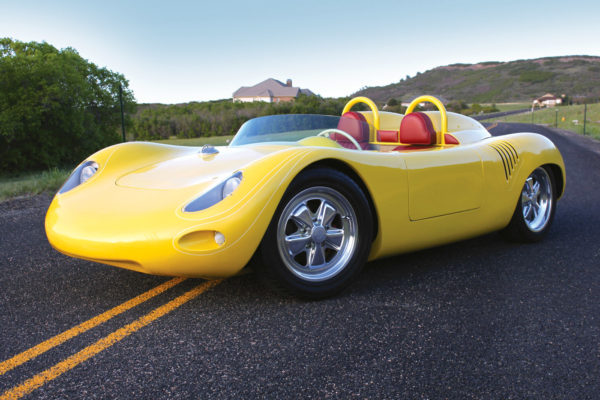
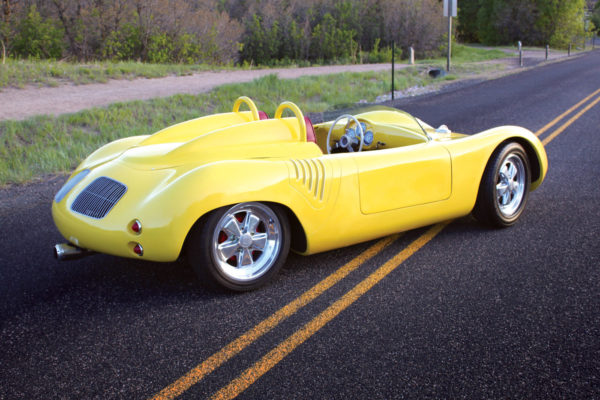
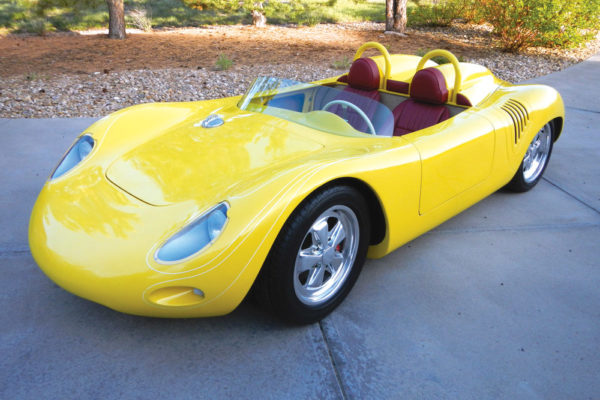
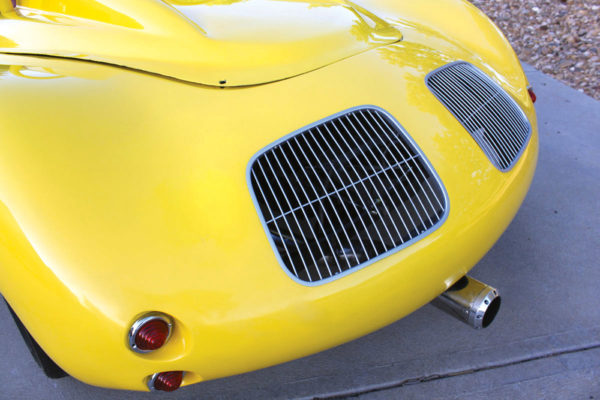
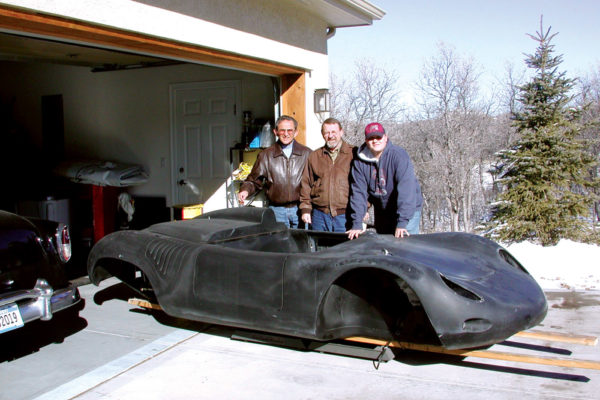
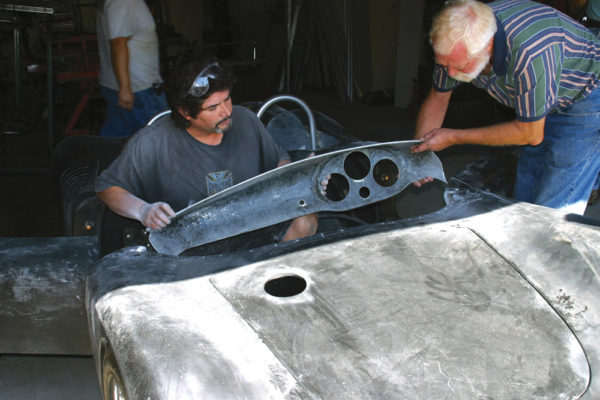
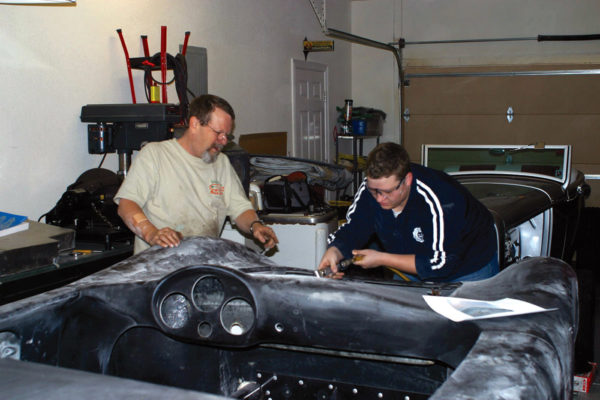
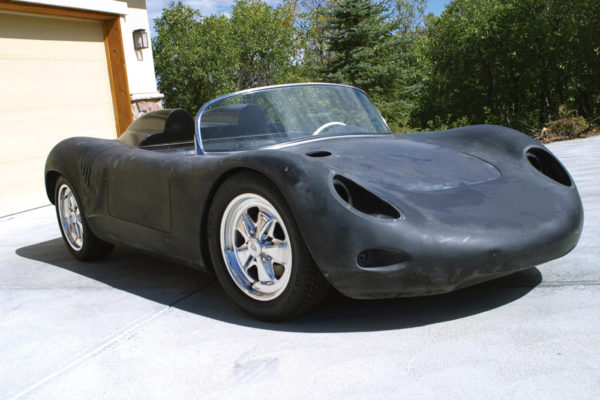
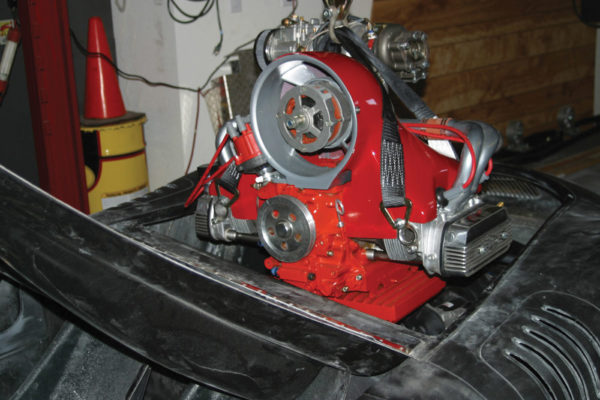
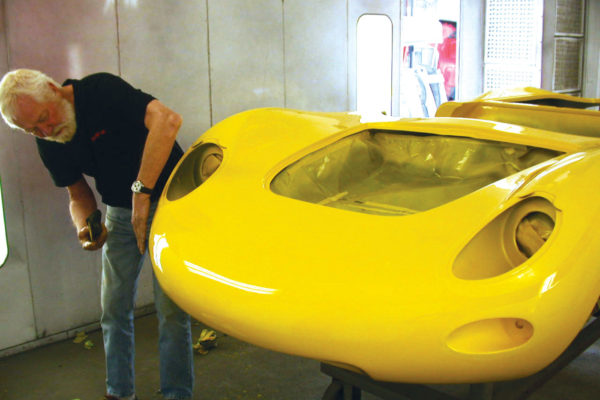
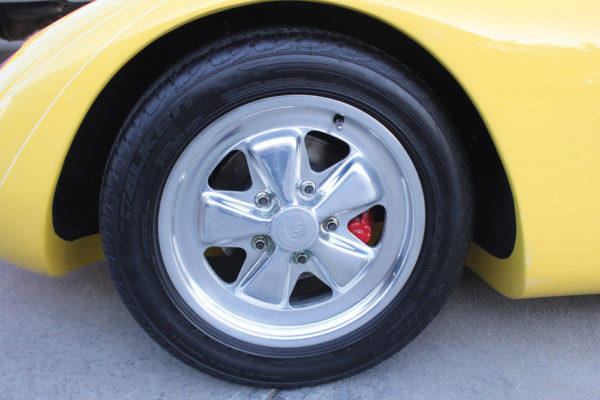
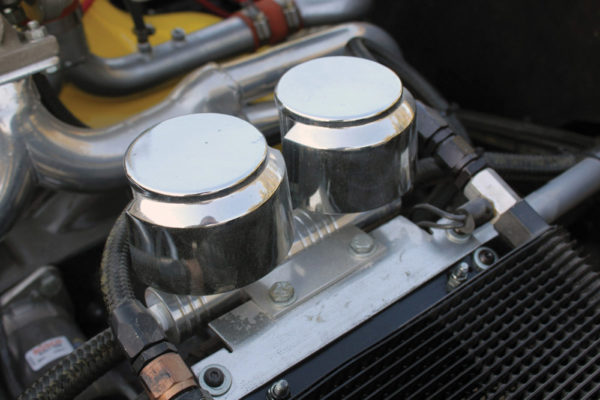
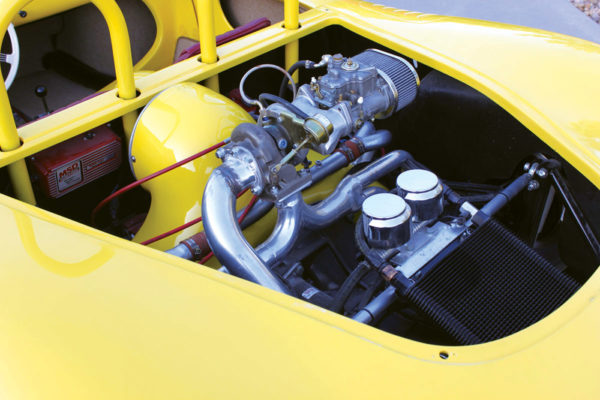
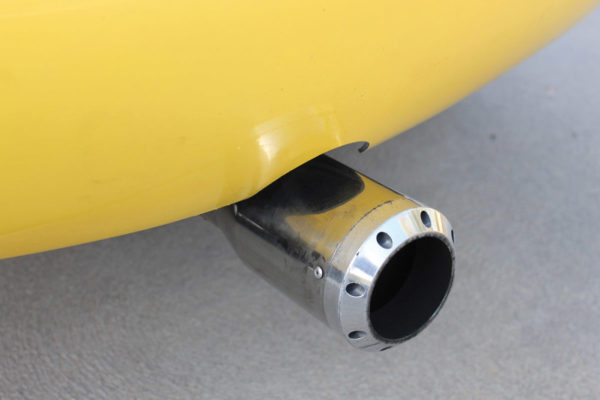
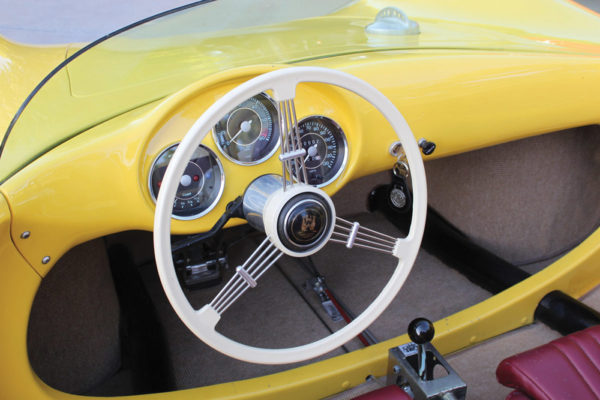
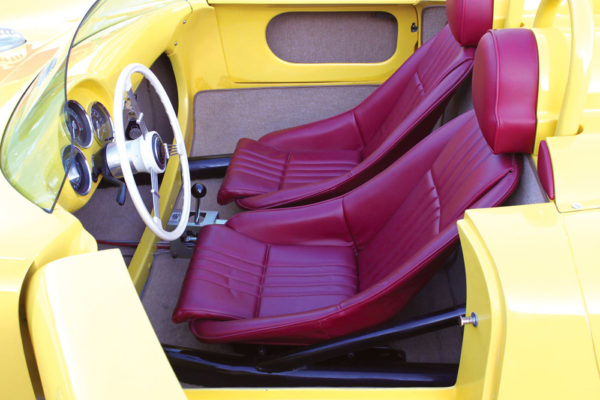
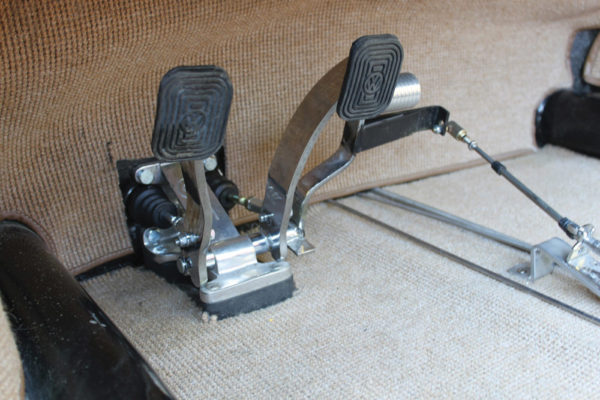




Comments for: Rsk-y Business
comments powered by Disqus